As an artist, I’ve always been drawn to watercolour paintings. Not only does it offer mental health benefits, but the medium has a unique way of capturing light and colour that is difficult to achieve with other types of paint like oils and acrylics.
However, watercolour can sometimes be a tricky medium to work with, and it’s easy to make mistakes that can ruin your painting. In this post, I’ll share five common watercolour mistakes and how to avoid them.
Using too much water
One of the most common mistakes that beginner watercolour artists make is using too much water. When you dilute the paint with too much water, it can become difficult to control the flow of the paint and create the desired effect. Additionally, using too much water can cause the paint to bleed and create unwanted textures.
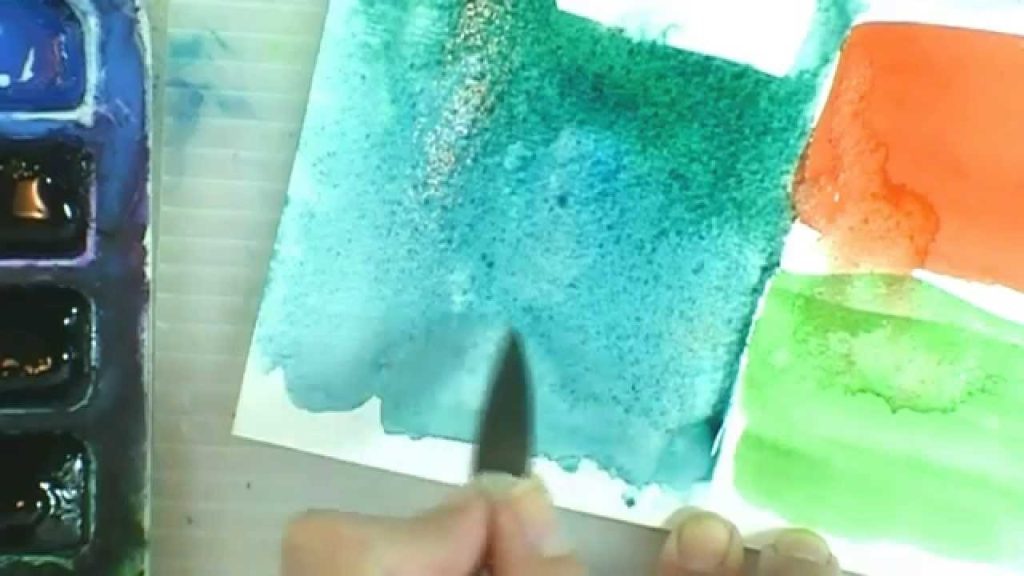
To avoid using too much water, start by wetting your brush and then dipping it into the paint. This will help you control the amount of water you’re using and ensure that the paint is the right consistency.
Additionally, consider using a spray bottle to lightly mist the paper before applying the paint. This will help the paint blend and create a smooth texture without using too much water. This video by Angela Fehr Watercolour explains how much water you should use.
Not using the right paper
Another common mistake that artists make when working with watercolour is using the wrong paper. Watercolour paper is specially designed to absorb the water and prevent the paint from bleeding or feathering. Using regular paper or thin paper can result in unwanted textures and colors that bleed together.
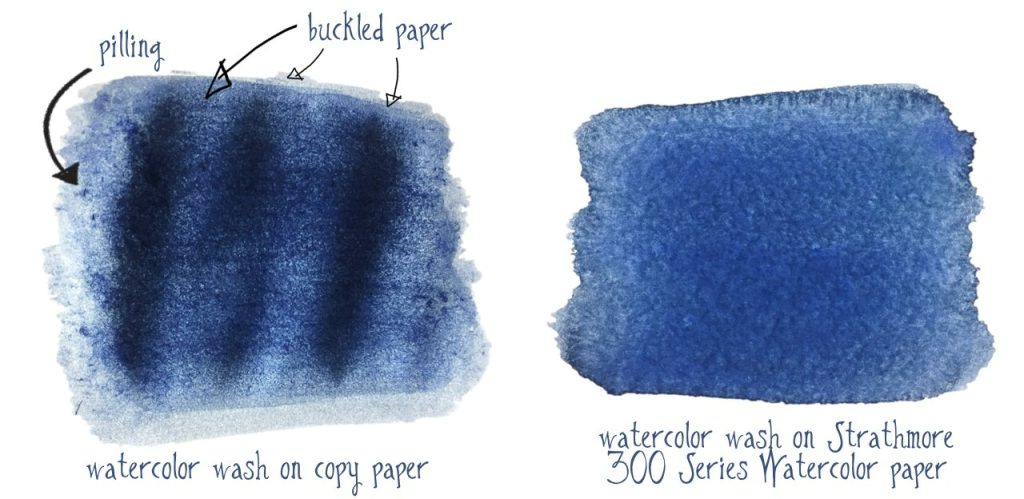
When selecting paper for your watercolour painting, look for paper that is specifically designed for watercolour. Additionally, consider the weight of the paper – heavier paper will be able to handle more water and paint without warping or bleeding. If you need some help, check out my post all about choosing the right watercolour paper.
Overworking the paint
Watercolour has a unique way of blending and mixing on the paper, but it’s important not to overwork the paint. When you keep adding more layers of paint or trying to blend colors too much, it can create a muddy or dull effect.
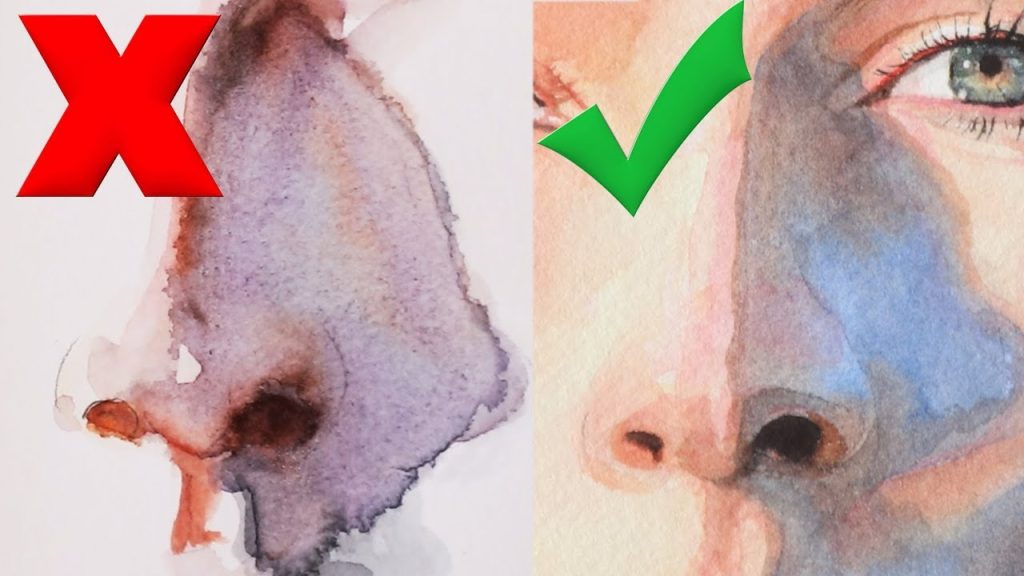
To avoid overworking the paint, work quickly and confidently. Plan out your painting beforehand and use deliberate strokes to apply the paint. If you make a mistake, try to fix it as soon as possible instead of layering more paint on top. This video by Emily Olson explains how to avoid overworking your watercolour paint.
Using too many colors
Another mistake that artists make when working with watercolour is using too many colours. While watercolor is known for its vibrant and varied colours, using too many can create a chaotic or overwhelming effect.
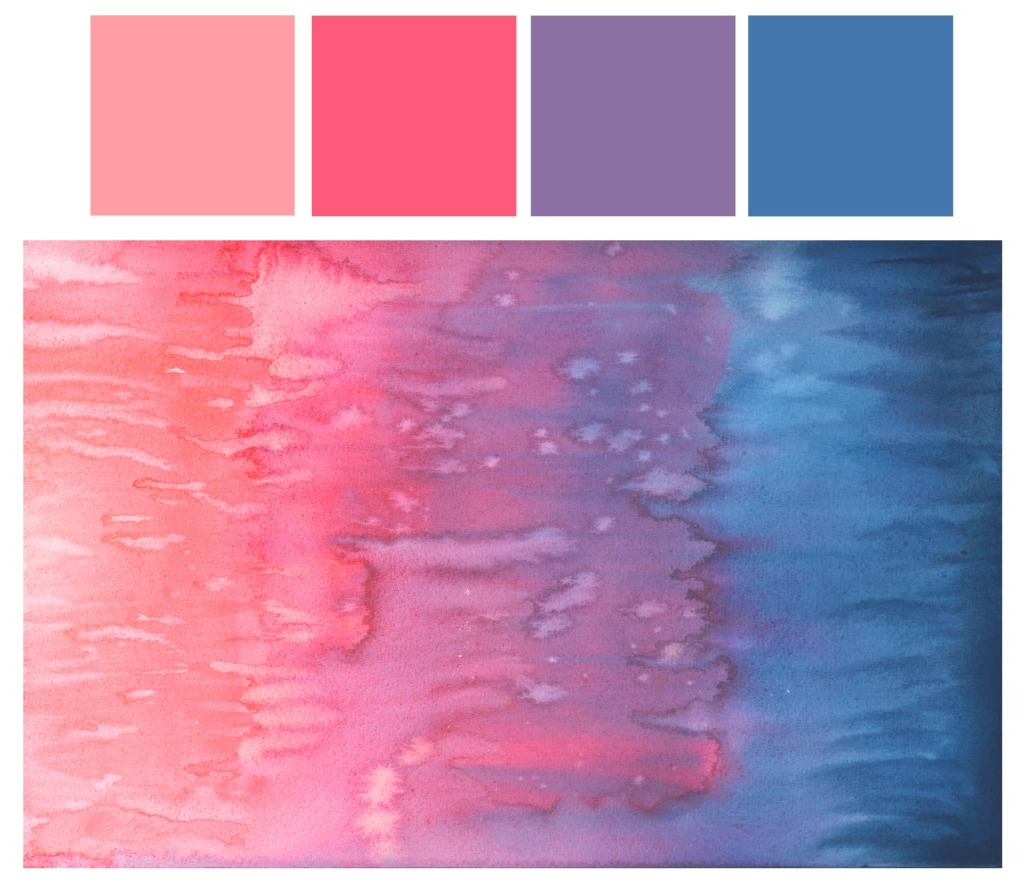
To avoid using too many colours, start by selecting a limited palette of colours that work well together. Experiment with mixing these colours to create a range of shades and tones. Additionally, consider using negative space to create contrast and balance in your painting.
Not using enough contrast
Finally, one of the most common mistakes that artists make when working with watercolour is not using enough contrast. Without enough contrast, your painting can appear flat or washed out.
To add contrast to your watercolour painting, consider using a darker colour for the shadows and a lighter colour for the highlights. Additionally, experiment with using bold strokes and lines to create a sense of depth and texture in your painting.
In the example below, created by Watercolor Affair, shadows and highlights and shadows are demonstrated very well.
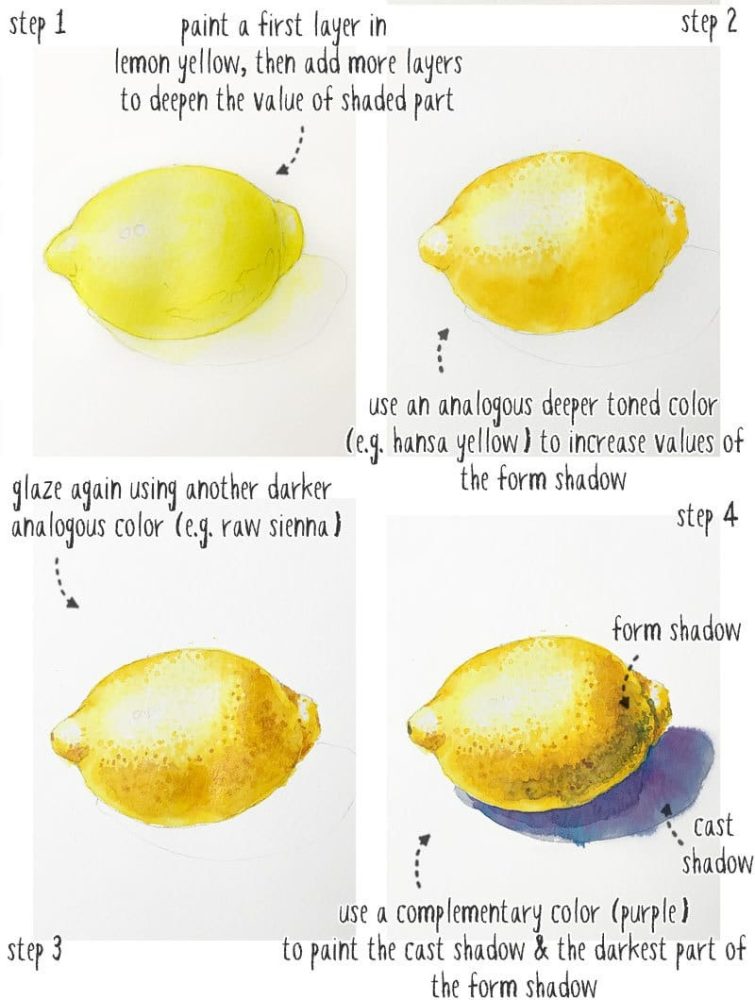
Watercolour is a beautiful and versatile medium, but it does require some practice and patience to master.
Don’t give up if things aren’t going how you expected them to! By avoiding these common mistakes and focusing on the techniques that work best for you, you can create stunning watercolour paintings that capture the beauty of light and color.
Pin this:
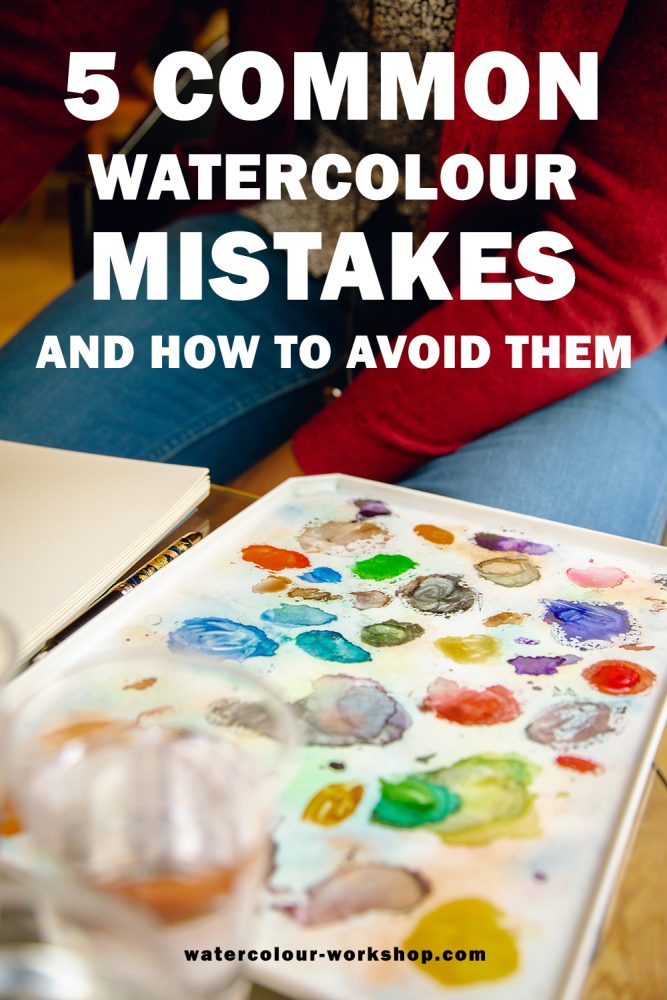
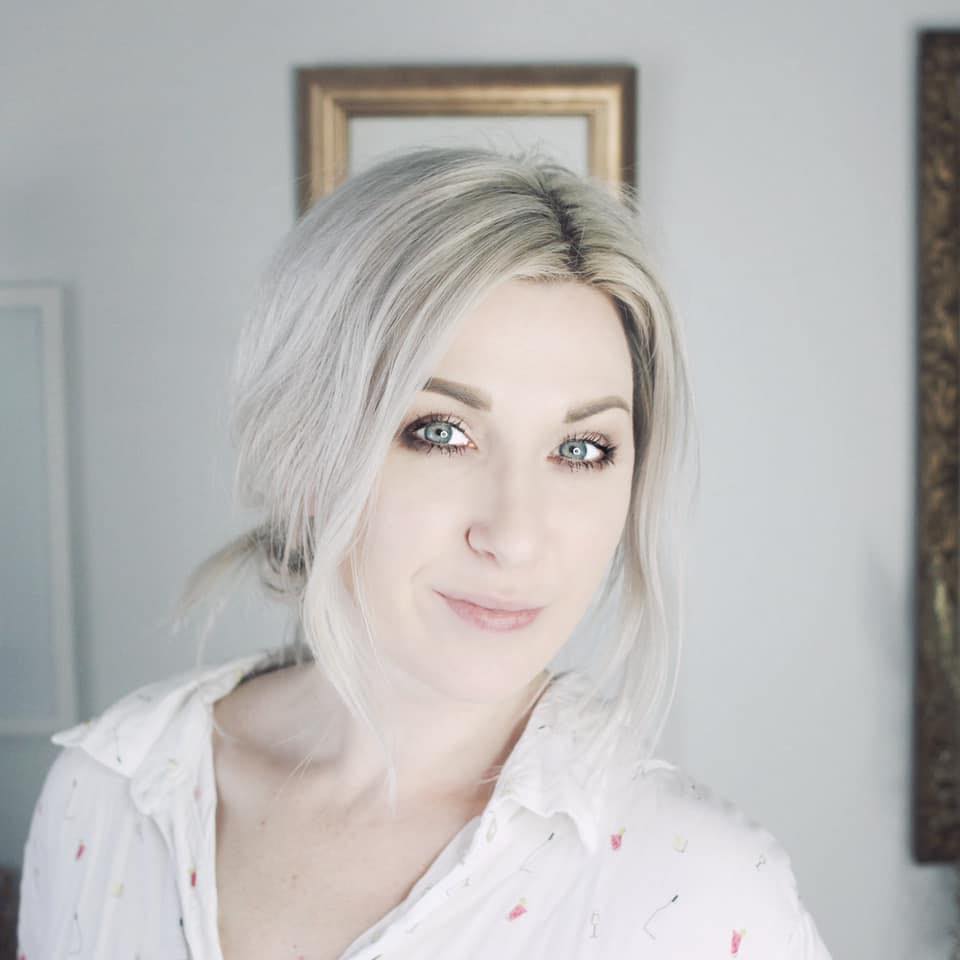
Besides being a wife and mama, I’m an entrepreneur, artist and author of the Watercolor With Me book series. I’m from Ontario, Canada and founder of the brand Wonder Forest. I’m here to help you on your watercolour journey!

Thank you for this video. I appreciate that you give credit to other artists and their publications. I’m currently working through your “Wondercolour with me in the forest” book and continue to use your paintbrushes. I look forward to your posts.
Thank you so much for your kindness in sharing this information.